Introduction To Marketing Automation
Amplify your marketing endeavors with the potent force of marketing automation, which can significantly enhance the ROI of small businesses. Marketing automation entails leveraging cutting-edge software and technology to streamline mundane and repetitive tasks within the marketing department, including the likes of email campaigns, social media management, and lead generation. The core objective of this technology is to improve efficiency and efficacy in customer outreach, thereby catalyzing sales and revenue growth. However, as with any technological advancement, it is imperative to weigh the pros and cons before deploying marketing automation.
Understanding The Basics Of Marketing Automation

Marketing automation refers to leveraging technology and software to automate repetitive marketing tasks such as email campaigns, social media posts, and targeted advertising. This methodology is intended to optimize and streamline marketing endeavors, enabling businesses to reach a wider audience more effectively and efficiently.
Marketing automation software offers various features that include the ability to segment and target specific groups of customers, automation of email and social media campaigns, tracking and measurement of campaign success, and integration with other tools such as CRM and analytics software. These software systems come in diverse forms, each with unique features and capabilities, including notable examples such as Mailchimp, Marketo, and Pardot.
In order to embark on marketing automation, businesses must first determine their objectives and then evaluate and compare the various software options to select the best fit. After a software system has been chosen, the business must configure and set up the system, and create and assess their first campaigns.
It’s essential to bear in mind that while marketing automation can enhance productivity and efficiency, it cannot replace the significance of strategic thinking and creative prowess in marketing. Marketing automation is a tool that can augment and support overall marketing efforts but must not be relied upon as the sole solution.
Identifying The Key Features Of Marketing Automation Software
Identifying the key features of marketing automation software is crucial for businesses looking to streamline their marketing efforts and improve ROI. Some of the most important features to look for in marketing automation software include:
- Robust email marketing capabilities: You’ll want to create, send, and track personalized email campaigns, so make sure the software can handle it all.
- Lead management tools: You need forms and landing pages to capture and manage leads.
- Lead scoring: Score leads based on behavior and engagement so you can prioritize follow-up efforts.
- Marketing analytics: Measure ROI and optimize campaigns with detailed analytics and reporting.
- Segmentation tools: Segment audiences based on demographics, behavior, and other factors for targeted campaigns.
- Automation: Automate repetitive tasks like lead nurturing, scoring, and email campaigns.
- CRM integration: Ensure the software can integrate with your existing CRM system for seamless information flow.
- Mobile optimization: With so many people using mobile devices, the software should be mobile-friendly and responsive.
- Multi-channel support: Support different channels like email, social media, and SMS for maximum reach.
- Ease of use: Keep it simple with user-friendly navigation and setup.
By identifying and evaluating the key features of marketing automation software, businesses can choose a solution that best meets their needs and supports their marketing goals.
Setting Up And Configuring Marketing Automation Campaigns

Setting up and configuring marketing automation campaigns is an important step in using marketing automation software to streamline and improve marketing efforts. The process includes:
- Define your goals: Prior to initiating a marketing automation campaign, it is of utmost importance to determine your objectives and lay down your goals. What precisely do you intend to achieve with this campaign? It could encompass a wide range of ambitions from an augmentation in leads to a hike in conversions, or even an advancement in customer engagement.
- Choose a platform: After clearly defining your goals, the next step is to opt for a marketing automation software that is congruous with your business objectives as well as within your budget. There are numerous renowned options to choose from such as Mailchimp, HubSpot, Marketo, and Pardot.
- Import your contacts: Once you have handpicked your marketing automation platform, the next step is to assimilate your existing contact list. This will enable you to specifically target groups of individuals with your campaigns and also aid in the segmentation of your contact list.
- Create a workflow: A workflow is a series of automated actions that are set off by specific events or actions. To streamline your marketing automation campaign, it is fundamental to create a workflow that can accomplish a multitude of functions such as sending a series of welcome emails to new subscribers, tracking interactions and analyzing consumer behavior.
- Create your campaign: The penultimate step is the creation of the campaign itself. This can encompass an array of creative tasks such as designing and writing emails, devising landing pages and forms and establishing lead scoring rules.
- Test and optimize: Before launching your campaign, it is vital to conduct rigorous testing and optimization to ensure its smooth and seamless functioning. This would entail fine-tuning your campaign by making any requisite changes and optimizing it to achieve the desired outcomes.
- Launch and monitor: Finally, when you are content with the campaign and have assessed its success rate, it’s time to launch it and commence monitoring its performance. Use the analytical data provided by your marketing automation platform to track important metrics such as engagement and conversion rates.
- Adjust your campaign: Based on these results, you may need to make adjustments to optimize the campaign’s performance and achieve better outcomes.
Marketing automation campaigns can undoubtedly provide businesses with an excellent opportunity to revolutionize their marketing strategies by automating redundant tasks, refining targeting efforts and enhancing the efficacy of their overall marketing endeavors. However, it is imperative to remain vigilant and conscientiously monitor these campaigns on a regular basis, to guarantee that they are accomplishing their desired objectives. This would necessitate an active adjustment of the campaigns to ensure the smooth functioning and optimization of the process.
Measuring & Analyzing The Effectiveness Of Marketing Automation Campaigns
As a discerning marketer, it is essential to keep track of various metrics and performance indicators to gauge the effectiveness of your marketing automation campaigns. These metrics come in many forms, including the open rate, click-through rate, conversion rate, lead score, return on investment, lifetime value, engagement score, and the customer journey.
- Open rate: The open rate is a valuable metric for assessing the effectiveness of your subject lines and overall engagement with your campaign. It is the percentage of recepients who opened an email campaign.
- Click-through rate (CTR): CTR is the percentage of recipients who clicked on a link within an email campaign. The click-through rate can measure the effectiveness of your content and calls-to-action.
- Conversion rate: Conversion rate defines the percentage of recipients who completed a desired action, such as filling out a form or making a purchase. This metric can assess the effectiveness of lead nurturing and conversion optimization efforts.
- Lead score: The lead score is a crucial metric that assesses the behavior and engagement level of a lead with a business, providing the opportunity to prioritize follow-up efforts based on the score assigned.
- Return on investment (ROI): The return on investment for a marketing automation campaign can be calculated by dividing the revenue generated by the campaign by the cost of the campaign.
- Lifetime value: The lifetime value of a customer can measure the total value of the customer over the course of their relationship with a business, allowing for the measurement of the effectiveness of customer retention efforts.
- Engagement Score: The engagement score can measure the level of engagement of a contact with a business across multiple channels, providing insight into the effectiveness of engagement strategies.
- Customer journey: Finally, the customer journey map can be used to track the customer’s journey from the first point of contact to the final purchase, providing insights into the effectiveness of customer journey mapping efforts.
With the advent of marketing automation, businesses can now leverage software and technology to create and manage their marketing campaigns with ease. But the question remains: how do you know if your campaigns are working as intended? This is where measuring and analyzing metrics come into play. By tracking various metrics such as open rates, click-through rates, conversion rates, and more, businesses can gain invaluable insights into the effectiveness of their marketing automation campaigns.
These metrics can help businesses understand what’s working and what’s not, and allow them to make data-driven decisions to optimize their campaigns and improve their ROI. However, it’s not enough to simply measure the metrics once and forget about them. Regularly monitoring and analyzing the metrics is crucial to making continuous improvements and achieving the desired marketing objectives. Therefore, businesses must stay vigilant and adapt their campaigns as necessary to ensure they are successful.
Segmentation In Marketing Automation

In order to effectively market their products or services, businesses must prioritize personalization. Fortunately, marketing automation can serve as a catalyst for achieving this goal, particularly for smaller businesses. Through audience segmentation, small businesses can craft targeted campaigns that effectively resonate with the unique interests and requirements of each subgroup. For instance, if a small business specializes in outdoor gear, it would be prudent to segment its audience based on individual inclinations and activities such as hiking or camping, to name a few. Consequently, these subgroups can receive tailored messages that highlight products or offers that are specific to their respective interests.
It’s important to note, however, that marketing automation isn’t just about segmentation – it can also play a pivotal role in personalizing campaigns through dynamic content. This advanced technique leverages data to automatically generate and display customized text, images, or videos based on various factors, including the recipient’s demographics and behavior. Thus, by harnessing the full potential of marketing automation, small businesses can enhance their marketing efforts and achieve optimal results.
Personalization In Marketing Automation
Marketing automation has a grand strategy, where the tailoring of marketing efforts is undertaken towards specific individuals or segments of the audience. This method encompasses a wide array of personalization techniques, ranging from linguistic and tonal variations to content modifications and offer amendments. The core objective of this process is to elevate the level of engagement, augment the conversion rates, and foster brand loyalty in the minds of customers.
Personalization Best Practices:
- Segmenting your audience: In order to devise more targeted and impactful campaigns, it is crucial to segment your audience based on factors like demographics, behavior, and interests. By breaking down your audience into smaller subgroups, you can gain a better understanding of what drives each cohort, and tailor your marketing efforts accordingly.
- Using data to inform your decisions: The key to unlocking the full potential of audience segmentation lies in data analysis. By delving deep into the data you possess on your customers, you can glean valuable insights into their needs and preferences, and leverage this information to create personalized campaigns that resonate with them.
- Delivering relevant content: When it comes to crafting content, relevance is king. By honing in on what your audience desires and delivering content that is relevant and valuable to them, you can forge stronger connections and improve engagement and conversions.
- Using dynamic content: Another crucial tactic in personalized marketing is dynamic content. By harnessing the power of dynamic content, you can vary your messages or offers to suit the preferences, behaviors, and other characteristics of your audience segments.
- Testing and optimizing: Finally, testing and optimization are essential to ensuring that your campaigns deliver the results you desire. By experimenting with different variations of your campaigns and analyzing the outcomes, you can identify what works best and continuously improve the efficacy of your efforts over time.
Through the implementation of personalization techniques, small businesses can strategically enhance the level of engagement and conversion rates, enabling them to render messages that are better attuned to the specific preferences of each individual recipient. The outcome of this multifaceted approach can manifest in the form of surging open and click-through rates, in addition to amplifying conversion rates for sales or other crucial undertakings. Furthermore, the impact of personalization can extend to building more robust relationships between small businesses and their customers by demonstrating that they possess an intuitive comprehension of their needs and interests.
Examples Of Personalization In Marketing:
- Personalized email campaigns: To achieve greater engagement and conversions, personalized email campaigns are a must. By segmenting your email list and sending targeted messages that are customized based on a recipient’s interests, behavior, or other characteristics, you can capture their attention and ultimately convert them into loyal customers.
- Personalized product recommendations: For e-commerce businesses, personalized product recommendations are a game-changer. By scrutinizing customer browsing and purchase history, businesses can serve up personalized product recommendations that are tailored to each individual’s preferences and more likely to result in a sale.
- Personalized website experiences: Personalized website experiences are another tool in the marketing arsenal. By leveraging cookies or other tracking technologies, businesses can create a personalized experience for each website visitor based on their behavior or other characteristics, resulting in a more engaging and effective experience.
- Personalized chatbot interactions: Furthermore, the utilization of personalized chatbot interactions can provide businesses with a competitive edge. By integrating natural language processing and machine learning, chatbots can decipher the specific needs and preferences of each customer, providing personalized and effective solutions.
- Personalized in-app experiences: Finally, for businesses with an app, personalized in-app experiences are a fantastic way to enhance user engagement. By analyzing data on how customers interact with your app, businesses can offer personalized tutorials, tips, and other features that cater to their unique interests and behaviors.
In the final analysis, Personalization in marketing automation emerges as a potent and multifaceted tool that has the potential to elevate the level of engagement, conversions, and customer loyalty. To capitalize on the full spectrum of benefits offered by this approach, it is recommended to deploy best practices that encompass a diverse range of techniques such as audience segmentation, data-driven decision-making, relevant content delivery, dynamic content utilization, and systematic testing and optimization. By incorporating these dynamic strategies, personalized campaigns can be crafted that will resonate with the audience, resulting in tangible business outcomes.
However, it should be noted that marketing automation is not merely confined to the realm of personalized communication, but is also equipped to generate targeted campaigns that cater to specific audience segments. This precise and incisive approach can facilitate the attainment of optimal results by targeting the right audience at the right time, through the execution of a laser-focused campaign comprising targeted email blasts or social media advertisements.
Benefits & Drawbacks Of Marketing Automation
Marketing automation presents a plethora of advantages, one of which is the automation of repetitive tasks, such as the dissemination of email campaigns or social media posts, freeing up valuable time and resources that can be redirected towards other essential aspects of the business. Additionally, this technique incorporates cutting-edge analytics and reporting tools that can aid small businesses in tracking the efficacy of their campaigns and cultivating data-driven strategies that can inform future marketing undertakings.
Another significant advantage of marketing automation is the potential to deliver a personalized touch to marketing efforts, thereby targeting specific segments of the audience. Small businesses can capitalize on this opportunity by creating customized messages that cater to the diverse behaviors or demographics of different customer groups, thereby segmenting their email list. This bespoke approach is known to induce a spike in engagement and conversion rates, while concurrently bolstering the level of brand loyalty among customers.
The utilization of marketing automation indeed boasts numerous benefits; however, its implementation also comes with several drawbacks. One of the main drawbacks is the intricate setup and maintenance processes, primarily concerning small businesses that have limited resources at their disposal. Furthermore, the usage of automated messages also presents a looming threat of oversaturation, thereby resulting in decreased engagement and conversion rates, culminating in suboptimal outcomes.
In addition, the implementation of marketing automation software is known to be quite exorbitant, particularly for nascent businesses. A plethora of marketing automation software options entails a monthly or annual subscription fee, in addition to supplementary costs incurred during the integration of software with existing systems.
In summary, despite the potential advantages of employing marketing automation for small businesses, it is of paramount importance to weigh the benefits and drawbacks before committing to such an investment. An astute understanding of the potential costs and challenges can facilitate small businesses in arriving at an informed decision concerning the relevance of marketing automation for their business.
Conclusion
In a nutshell, marketing automation stands out as a potent and game-changing technique that can assist businesses in optimizing their marketing operations, resulting in enhanced productivity and efficiency. By leveraging its capabilities to automate time-consuming and repetitive tasks, and utilizing its robust analytical tools to generate valuable insights, marketing automation can help businesses penetrate their target audience more efficiently, while facilitating evidence-based decision-making. However, it must be acknowledged that marketing automation cannot be viewed as a panacea for all marketing challenges, and it is crucial for businesses to choose an appropriate solution that suits their specific needs. Overall, marketing automation is a prized asset that can help businesses accomplish their marketing objectives and propel their growth trajectory to new heights.
Are you currently on the lookout for an all-encompassing marketing automation solution that harmoniously amalgamates the convenience of chatbots? You need not search any further as 12 Channels has got you covered! Our unrivaled platform is equipped with a vast array of services that integrate seamlessly with the immense potential of chatbots, thereby enabling you to optimize your marketing efforts and boost efficiency. This is a golden opportunity that you simply cannot afford to pass up!
Without any further ado, we urge you to peruse our extensive list of services, and witness firsthand how 12 Channels can prove to be a game-changer for your business, facilitating the attainment of your marketing objectives while catering to your target audience. What are you waiting for? Contact us right away!


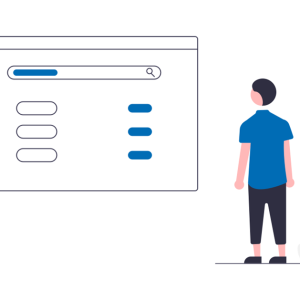
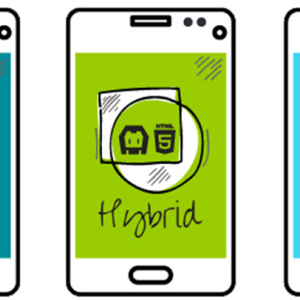
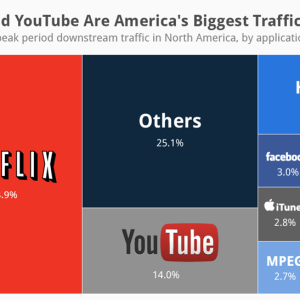
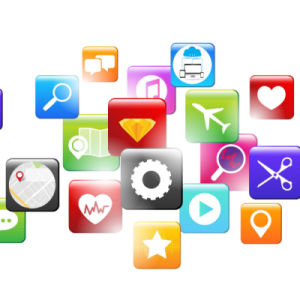
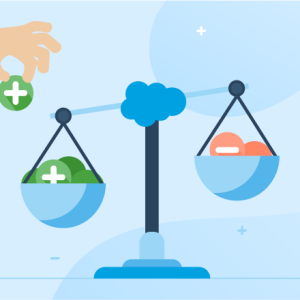
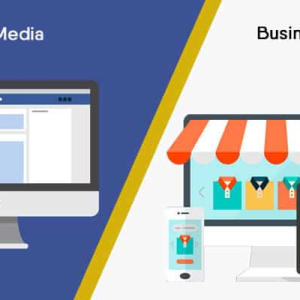
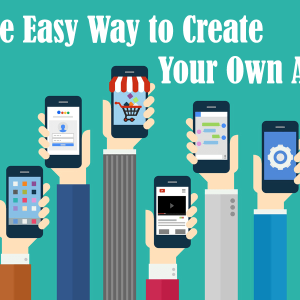
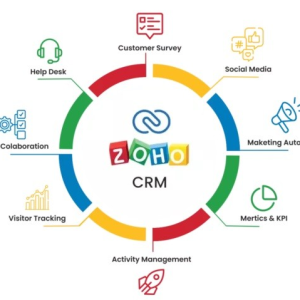


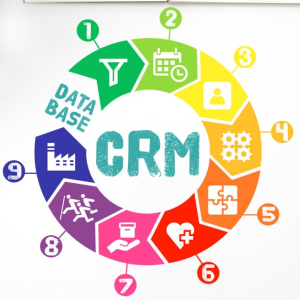

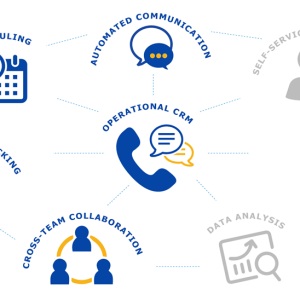
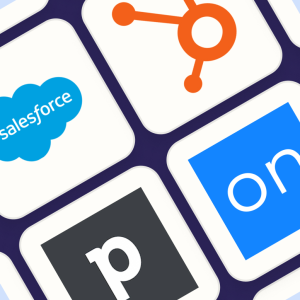

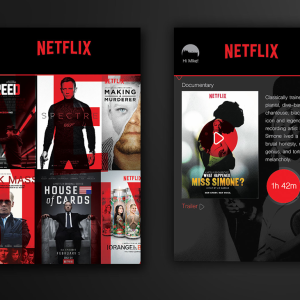








1 thought on “Marketing Automation 101: Ultimate Guide To Marketing Success”
I liked as much as you’ll get done right here. The post is attractive, and your writing stylish. unquestionably will come more again.